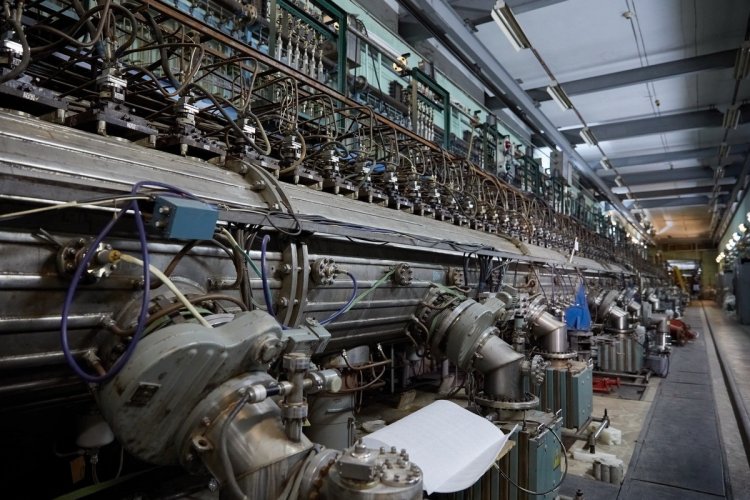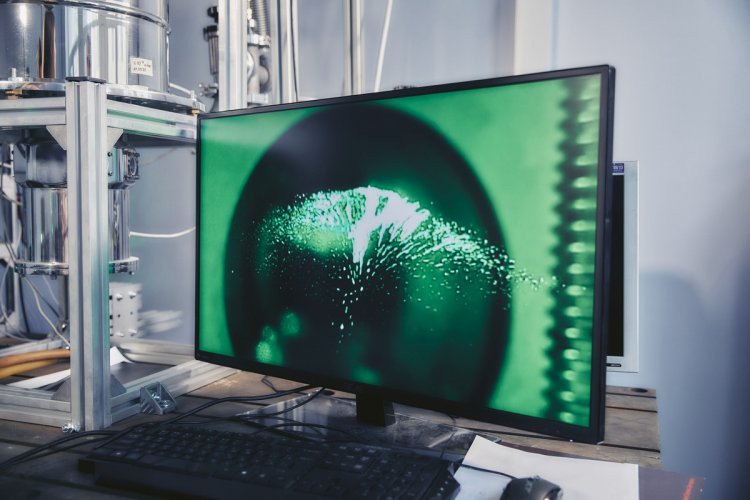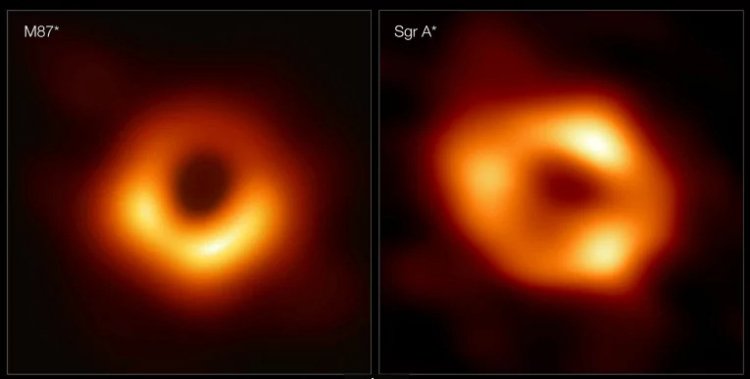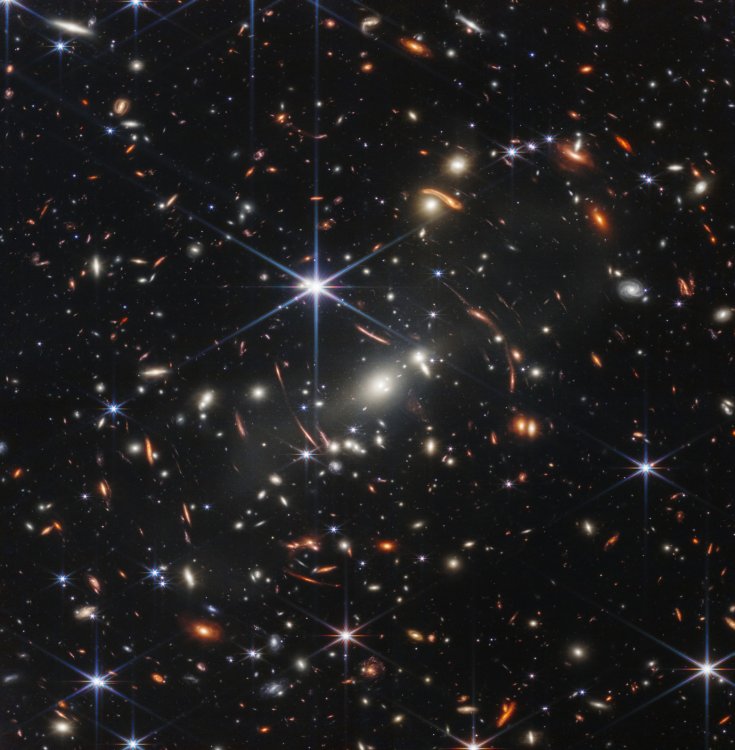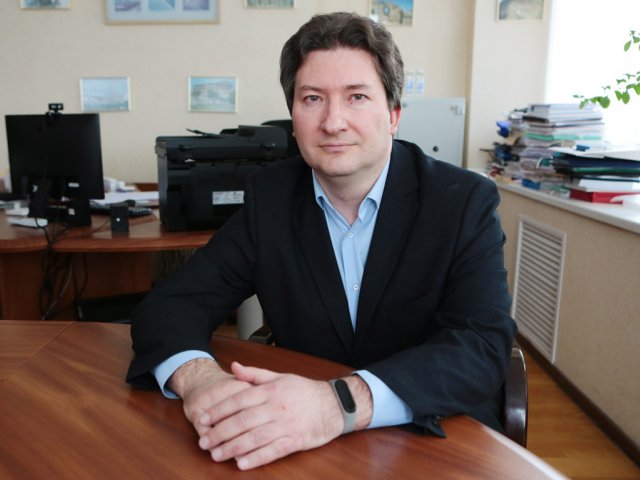Photo source: mackoflower / 123RF
The outgoing year has been memorable for its striking events in natural sciences, and today we will talk about one science, which is physics. Throughout 2022, the Scientific Russia portal has been publishing interviews with leading domestic physicists, articles and news about the latest achievements in this branch of knowledge. We have published lectures and held media tours together with scientists who work at Russian physics institutes. It is about time to reflect on the year and recall the most memorable events in Russian and world physics.
P. N. Lebedev Physical Institute of the Russian Academy of Sciences (LPI RAS), the main physics research center in the country and a “family seat” of seven Nobel laureates, has introduced a magnetic resonance imaging (MRI) unit that can replace foreign MRI scanners all over Russia. The device developed at the LPI RAS does not require liquid helium, which distinguishes it from imported analogs and ensures a 30% reduction in maintenance costs for this unit.
“It is a very sophisticated technology. This device can be compared with a space satellite. Our spatial resolution of 0.5 mm makes it possible to diagnose the majority of the existing pathologies,” developer and Head of the Solid State Physics Division at the LPI RAS Evgeny Ivanovich Demikhov told Scientific Russia.
The scientists claim that the MRI unit will enter mass production in several years. During this time, they will have to find the necessary funding, production sites and redesign device components requiring imported parts.
Head of the LPI RAS N.N. Kolachevsky and developer of the new MRI unit E.I. Demikhov. Photo source: Elena Librik / Scientific Russia
This year, another successful union of physics and medicine was demonstrated by scientists from the Institute for Nuclear Research (INR) of the Russian Academy of Sciences in Troitsk where they created an instant cancer cure method, so-called ultra-flash therapy. Now this method is being tested on individual cancer cells. This approach was developed thanks to the largest proton accelerator in Eurasia (and world’s only accelerator with a single-pulse radiation mode) that is located at the INR RAS.
The ultra-flash therapy mode is currently available only in Russia. For the first time ever, the INR RAS accelerator made it possible to deliver the entire radiation dose to a tumor in 100 μs, i.e., 5,000 times faster vs. the usual flash therapy mode. This ultra-short irradiation damages normal cells five to six times less significantly than conventional radiation therapy. Ultra-flash therapy even had an effect on a radioresistant tumor.
The scientists claim that their key tasks for the near future are to collect statistical experimental data on ultra-flash therapy and, after passing all the necessary stages, launch clinical trials with volunteers.
The largest linear proton accelerator in Eurasia. INR RAS, Troitsk. Photo source: Elena Librik / Scientific Russia
This year, fundamental physical research studies have been as spectacular as applied research. For example, scientists from the Joint Institute for High Temperatures (JIHT) of the Russian Academy of Sciences have conducted a unique experiment that allows them to study the emergence of quantum effects in our macrocosm in detail. An article about this experiment was published in Nature Scientific Reports. By exposing grains of superconducting ceramic in a magnetic field in superfluid helium to laser radiation, the physicists observed an increase in the motion energy of grains and the formation of new complex structures – essentially, their evolution.
“Our experiment has shown that it is possible to control the evolution of a swarm of grains in superfluid liquid helium. This allows us to approach such fundamental problems as study of the emergence, development, and evolution of complex macroscopic objects of living and non-living nature, as well as search for general physical laws and mechanisms of evolution, including the role of quantum effects,” Director of the JIHT RAS Oleg Fedorovich Petrov told Scientific Russia.
The photo shows a swarm of superconducting ceramic grains levitating in a magnetic field in superfluid helium. The scientists of the JIHT RAS observed an increase in the motion energy of grains and acceleration of their diffusion by millions of times in comparison with the classical Einstein's formula for Brownian motion in superfluid helium. The work was performed with the support of the Russian Science Foundation. Photo source: Elena Librik / Scientific Russia
This year, astrophysical research was continued by our domestic Spektr-RG space observatory launched into space in 2019.
“Now we are solving the problem of drawing the most comprehensive X-ray map of our Galaxy. Earlier, Spektr-RG already made four complete sky surveys, which means that, in fact, the best map of the entire sky already exists, and now our immediate task is to focus on the Milky Way,” commented Deputy Director for Research at the Space Research Institute (IKI) of the Russian Academy of Sciences Alexander Anatolyevich Lutovinov.
The SRG’s domestic telescope ART-XC n.a. M. N. Pavlinsky with oblique incidence mirrors is a breakthrough invention increasing the sensitivity of telescopes and their angular resolution, which helps confidently detect and localize hard X-ray sources throughout the sky.
The SRG observatory studies the most unusual objects in our Universe, in particular, neutron stars that are interesting, as they can be used to solve practical problems. For example, rapidly rotating neutron stars sending very stable radiation pulses (pulsars) can be used to create an independent space vehicle navigation system. These rapidly rotating neutron stars are in fact the Universe’s natural beacons, and each of them has unique characteristics and stability. By using the ART-XC telescope n.a. M. N. Pavlinsky, scientists have already managed to conduct observation of a number of rapidly rotating neutron stars and obtain encouraging results to create some navigation system elements.
Student tour to the IKI RAS held by Scientific Russia in 2022. Photo source: Olga Merzlyakova / Scientific Russia
What about the world science? This year, scientists showed the first-ever image of supermassive black hole Sagittarius A* located at the center of the Milky Way. The first-ever image of the closest supermassive black hole to us was made via the Event Horizon Telescope. The black hole in our Galaxy is 4 million times more massive than the Sun, and the search for it has taken 100 years.
Comparison of two images: the first-ever photographed black hole (2019) in the M87 galaxy and an image of supermassive black hole Sagittarius A* in our Galaxy. The images show light distorted by the strong gravity of black holes. Photo source: Event Horizon Telescope
Besides that, this year, astronomers from the European Southern Observatory registered via the ALMA telescope some signs of a hot gas bubble orbiting Sagittarius A*. The scientists claim that this discovery helps better understand the dynamic environment of the supermassive black hole in the Milky Way, say the scientists.
In early 2022, scientists managed to detect another unusual object in our Galaxy, a wandering stellar-mass black hole moving in the Sagittarius arm at a distance of about 5 thousand light years from us. This discovery was made using gravitational microlensing and data from the Hubble telescope.
Image of galaxy cluster SMACS 0723 captured by the near infrared camera of the James Webb Space Telescope. Photo source: NASA
One of the first long-awaited images from a new-generation telescope, the James Webb Space Telescope, launched in late 2021, was also received this year. Scientists discovered a so-called emission line, a trail of oxygen-containing glowing gas. Determining the emission line is necessary to calibrate galaxy composition measurements and study their evolution.
This year has seen important experiments in particle physics and the Standard Model of fundamental interactions. Studies using the Tevatron collider helped determine the mass of W bosons (fundamental particles mediating the weak interaction) with unprecedented accuracy. In addition, this year, a record-breaking accuracy was achieved in measuring the mass of some of the most elusive particles, neutrinos. The study was performed as part of the international KATRIN experiment that helped register a new upper limit of the neutrino mass and step over the 1 eV level. Determining the exact mass of neutrinos is very difficult, and the scientists hope that the recent experiment will help advance this fundamental task.
Today we have talked only about a small part of the striking physics-related events of 2022. In the coming year, we will continue with the most interesting facts from the world of science. Stay tuned with us!
Photo in the text and on homepage: 123RF


